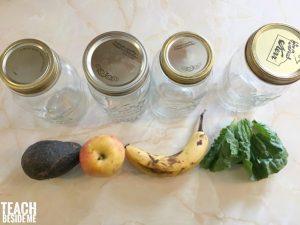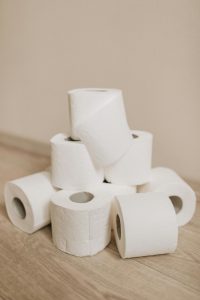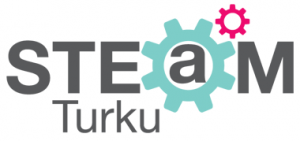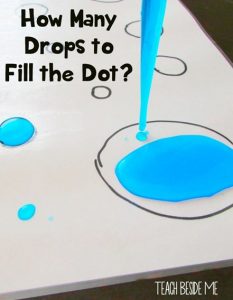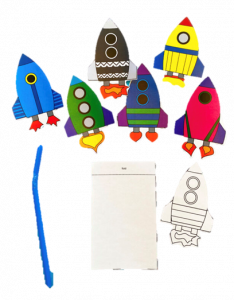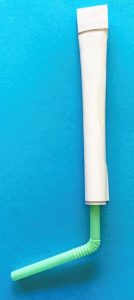
If you want to start with a challenge for the children present this video from NASA for them. Have them reflect over what they learnt and try to build an airplane.
Or, why not let them make one first attempt first at constructing an airplane, watch the video second, and then try to build a second airplane and see if it will out do the first.
In the end of the blog will I share twoPDF-files with some models you can build (Thanks to the STEAMpoweredFamily blogg)
The Science Behind Paper Airplanes
Lift
Lift is the force that helps an airplane stay up in the air. Different paper airplane designs create lift in different ways. For example, some airplanes have wings that are longer or wider, while others have wings that are more curved. These features help the airplane catch the air as it moves forward. When the air moves faster over the curved or longer wings, it creates a force called lift, which pushes the airplane up. So, designs that have bigger or curved wings tend to generate more lift and can fly higher and farther.
Drag
Drag is the force that tries to slow down an airplane as it moves through the air. Some paper airplane designs have sleek and streamlined shapes, while others may have more folds and creases. Smooth and streamlined designs help reduce drag because the air can flow smoothly around the airplane. Less drag means the airplane can move through the air more easily and go faster and farther.
Weight
Weight is the force that pulls objects down towards the ground. Lighter paper airplanes can stay in the air longer because they are not pulled down as much by gravity. So, using lightweight paper or making a lighter airplane by using less paper can help it fly longer distances.
Balance and Stability
Balance and stability are important for a paper airplane to fly well. Some designs have features like fins or small folds at the back, which help keep the airplane steady and balanced in the air. This stability allows the airplane to fly straighter and farther.
Tips to Fly Further
1. Start with More Power
When you use a launcher, you can pull it back and let it go to launch the plane. The launcher has a lot of power, so when you release it, the plane gets a big push forward. This extra power helps the plane go faster right from the start.
2. Consider the Launch Angle
The angle at which you launch the plane is also important. By launching the plane at a slightly upward angle, it helps it go higher into the sky. When the plane goes higher, it can stay in the air longer and fly farther.
Models for airplanes
How to Make Awesome Paper Airplanes (PDF, 956 kB)
How to Make a Paper Airplane with Launcher (PDF, 378 kB)
